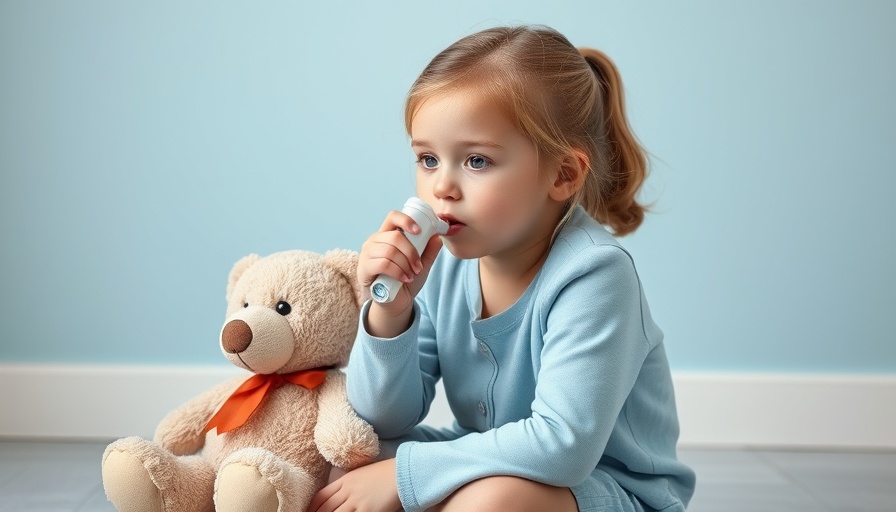
Revolutionizing Childhood Asthma Detection with Digital Innovation
Recent advancements in medical technology are shining a light on the potential for early detection of childhood asthma, a prevalent respiratory condition affecting millions of children worldwide. A new digital tool developed by researchers at Indiana University can analyze electronic health data to identify children at risk for developing asthma based on their medical history. This groundbreaking innovation represents a significant step forward in preventing severe asthma attacks and improving quality of life for affected families.
Understanding the Asthma Prediction Tool
The tool, which processes data collected from over 69,000 children born between 2010 and 2017, calculates individual asthma risk scores. Remarkably, it was able to identify children at age three who were 37% likely to develop asthma by the time they turned four. This predictive power outstrips previous methods, which only detected 26% of high-risk children. Such early identification can lead to timely interventions, empowering parents to manage asthma proactively.
Key Predictors Adamant for Asthma
One crucial aspect of this study highlighted that past respiratory illnesses, specifically pneumonia and bronchiolitis, serve as powerful indicators of future asthma development. Early intervention becomes crucial not just for the child’s immediate wellbeing but can significantly reduce hospital visits and improve overall quality of life. This understanding emphasizes the importance of recognizing and addressing respiratory health issues early in life.
The Public Health Implications
This digital tool, described as a "passive digital marker," offers a scalable solution requiring no additional time from healthcare providers. Its integration into clinical practice could profoundly alter the landscape of pediatric care. As Dr. Malaz Boustani stated, the potential public health impact is immense, offering the chance to enhance the health trajectories of future generations.
Looking Ahead: Future Trials and Implementation
The next step for the research team involves a randomized clinical trial to validate the tool’s effectiveness in clinical settings. Should the trial succeed, there is hope for scaling its implementation, making this innovative solution available across states and potentially on a national level. The excitement surrounding these possibilities paints a hopeful picture for children at risk of asthma.
While this tool shows promise, it also opens avenues for broader discussions on asthma care and management. Understanding how digital health tools can better assist in risk assessment and care planning will be critical as we move forward.
Join the Conversation
Asthma is not just a personal health issue; it represents a significant public health challenge. By staying informed about new advancements like this digital tool, parents can make educated decisions regarding their child's health. If you would like to learn more about how digital innovations are shaping healthcare, contact us for more details.
 Add Row
Add Row  Add
Add 




Write A Comment